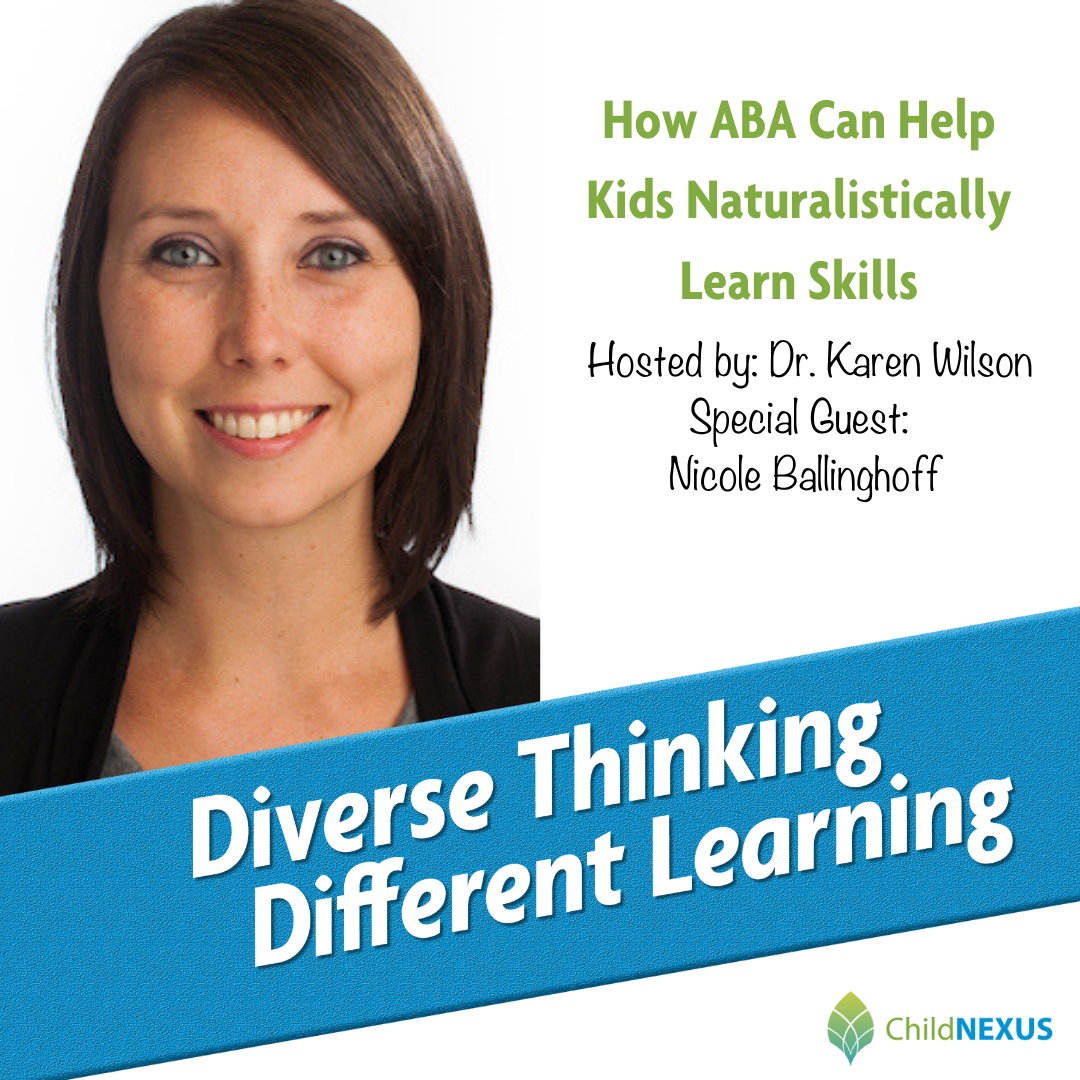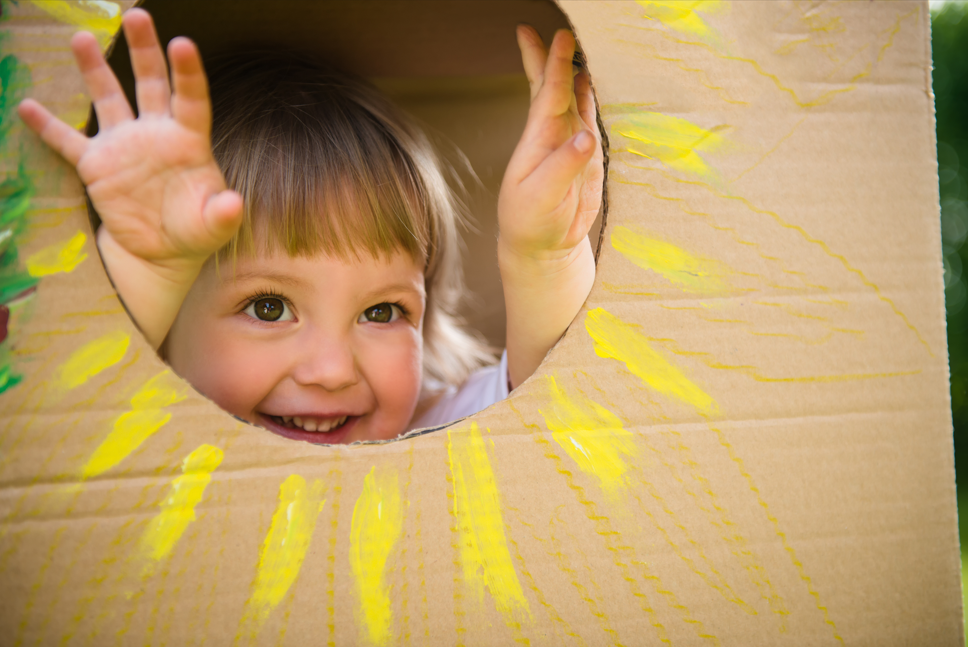Kyo Regional Director Nicole Ballinghoff joined the Diverse Thinking Different Learning podcast with Dr. Karen Wilson to discuss how ABA can help kids naturalistically learn skills. In this talk, they discuss how ABA has evolved through the years, the different approaches in the field, and what quality ABA really looks like.
About the Podcast:
The Diverse Thinking and Different Learning Podcast was created by Dr. Karen Wilson, a child neuropsychologist. Her podcast focuses on sharing information about learning differences and interviewing experts who help children and adolescents with learning differences, neurodevelopmental disorders, and social and emotional difficulties. Per Dr. Wilson, the show is designed to educate, inform, and share information, so that parents and educators can be equipped with the knowledge and strategies they need to help students thrive. It is a mix of interviews and solo shows with Dr. Wilson designed to increase awareness of learning and thinking differences and to share information about effective strategies and relevant research.
Listen to the Podcast Here:
https://childnexuspodcast.com/ep-46
Show Notes:
[2:18] – People define treatments in different ways.
[3:05] – ABA is based on the science of learning and behavior. Nicole explains how each behavior is broken down and used in therapy.
[4:18] – ABA uses reinforcement to strengthen skills or teach new skills.
[5:07] – The science has evolved over time. Nicole and Karen discuss what it looked like in its infancy in the 1960s.
[6:24] – There are a lot of different styles of teaching. Nicole describes some different approaches.
[7:09] – What is Nicole’s style at Kyo?
[8:47] – During the school year, a lot of families are reluctant to add on services, but Nicole clarifies that ABA can be implemented in families’ day-to-day lives for additional support.
[10:39] – The family-centered approach has proven to make a big difference.
[11:51] – The Covid-19 pandemic forced ABA therapists to implement creative solutions, and Nicole says she was present for distance learning sessions, if that was what was important for the child and family.
[13:19] – Changing the child is not the goal. The goal is to give children the tools they need to be the best version of themselves.
[14:59] – There is a difference between what is important to the family and what is considered important by society.
[16:31] – If a behavior does not harm a child or their safety, Nicole explains how it may be serving an internal function for the time being and may not need to be addressed.
[19:12] – Whom does ABA serve? It is used in many settings, not just for individuals with autism.
[21:29] – ABA providers are usually covered by insurance.
[22:44] – ABA is not just helpful for children. Nicole also works with teens and adults.
[24:48] – Nicole shares a story of an older child she worked with and how building a relationship is crucial.
[26:56] – Collaborating with the child is important, as well, because some children will know what they want to work on.
[29:38] – Nicole and Karen discuss how being realistic is effective and is an attitude/mindset that the family can implement.




